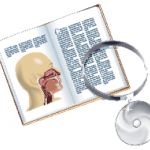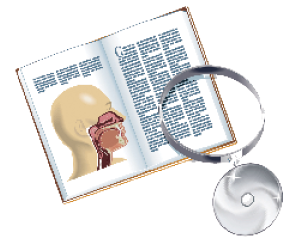The cellular pathways that control the sneeze reflex go far beyond the sinuses and until recently have been poorly understood. A recent mouse model study published in Cell has identified […]


The cellular pathways that control the sneeze reflex go far beyond the sinuses and until recently have been poorly understood. A recent mouse model study published in Cell has identified […]

New but limited data have emerged suggesting that oral steroids with olfactory training may be a safe and effective treatment for loss of smell due to COVID-19.

Debate remains over the safest and most definitive operative approach: the Caldwell-Luc (CWL) approach, the endoscopic sinus surgery (ESS) approach, or a combination of the two.
Intranasal volume is larger in males than in females in the same age group, but is not related to body mass index

Topical antibiotics are not recommended as first-line treatment for routine chronic rhinosinusitis
How well does real-time quaking-induced conversion (RT-QuIC) analysis of olfactory mucosa brushings discriminate between patients with sporadic Creutzfeldt–Jakob disease (CJD) and controls?

Evidence suggests admitting most patients to otolaryngology ward with continuous pulse oximetry
Have rates of sinus surgery changed over the last 10 years?
A panel of experts at the Triological Society’s 2014 Combined Sections Meeting discuss their worst cases, and how they managed them.
Listen to experts at the Triological Society’s 2014 Combined Sections Meeting present research in rhinology.